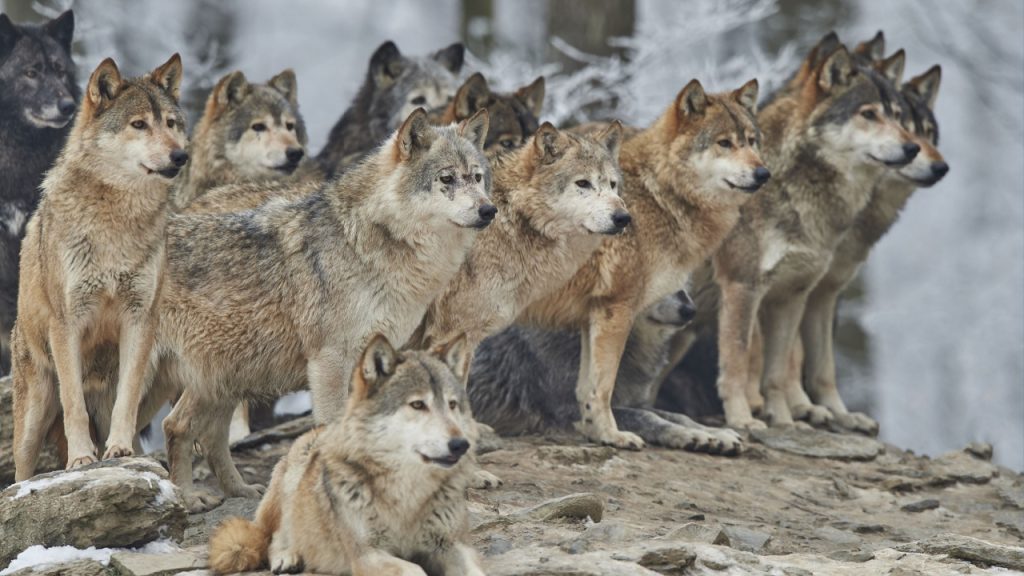When we think of pack hunters, wolves often spring to mind first. But the animal kingdom is full of surprising team players when it comes to hunting. From the depths of the ocean to the African savannah, many creatures have learned that there’s strength in numbers. Pack hunting isn’t just about bringing down bigger prey – it’s a complex social behavior that involves communication, strategy, and teamwork. While researching this, I was surprised to discover quite a few unexpected pack hunters. Here are 15 creatures that prove wolves aren’t the only ones who know the power of the pack.
African Wild Dogs
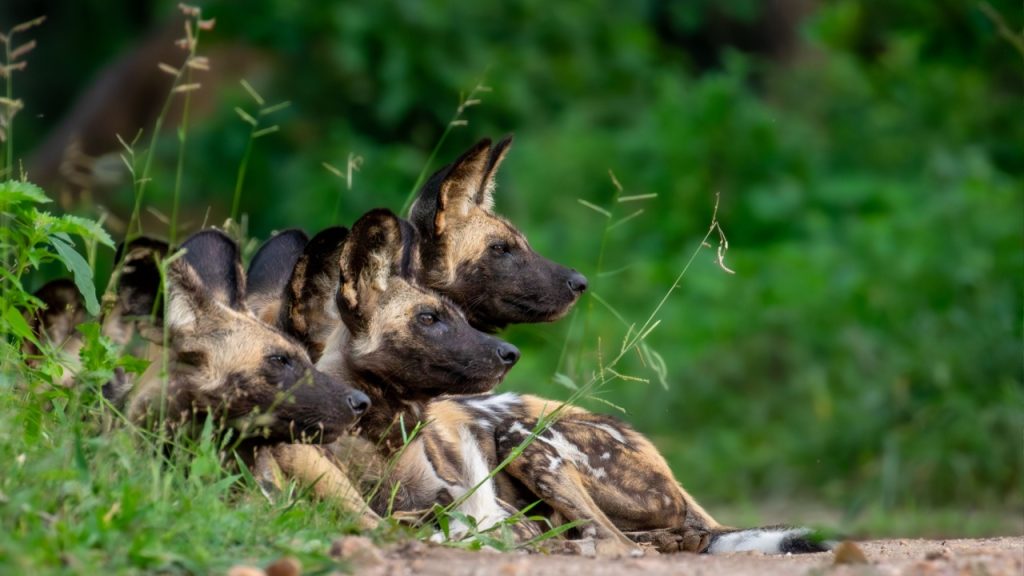
African wild dogs are master pack hunters. These painted canines work together to chase down prey over long distances. Their hunts have a success rate of up to 80%, making them one of the most effective predators in Africa. They share their food with the whole pack, including members too old or young to join the hunt.
Orcas
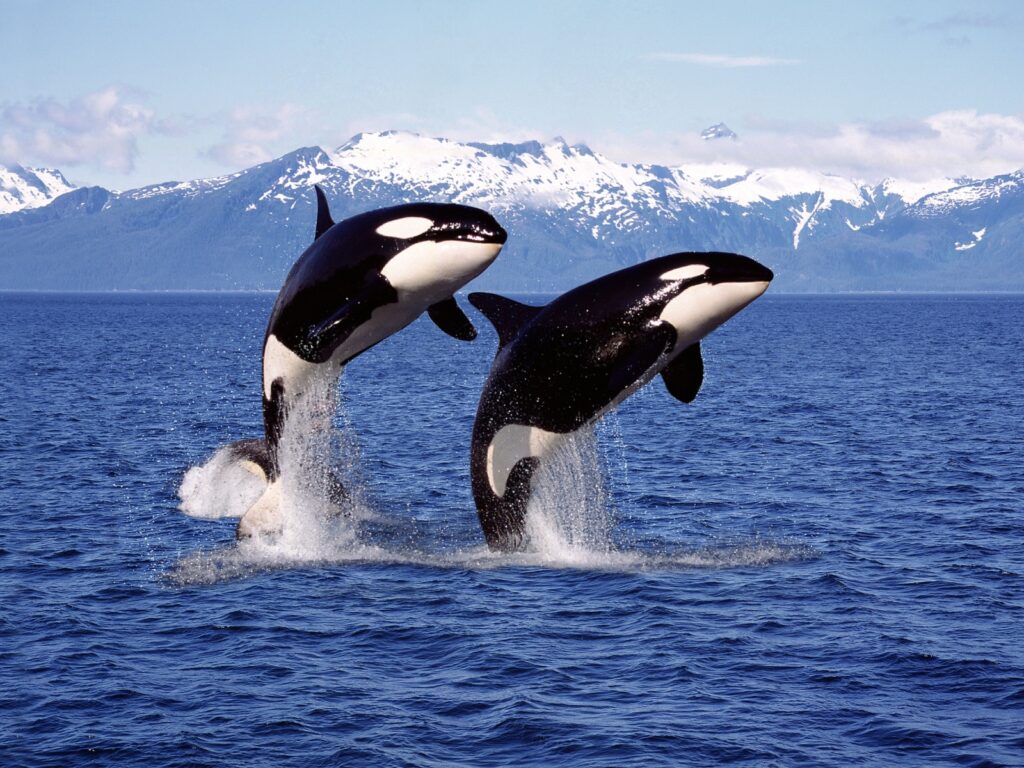
Orcas, or killer whales, are the ocean’s top predators. They hunt in pods, using complex strategies to take down everything from fish to seals and even other whales. Orcas are known for their “wave washing” technique, where they create waves to knock seals off ice floes. Their hunting methods are often passed down through generations, creating unique pod cultures.
Lions
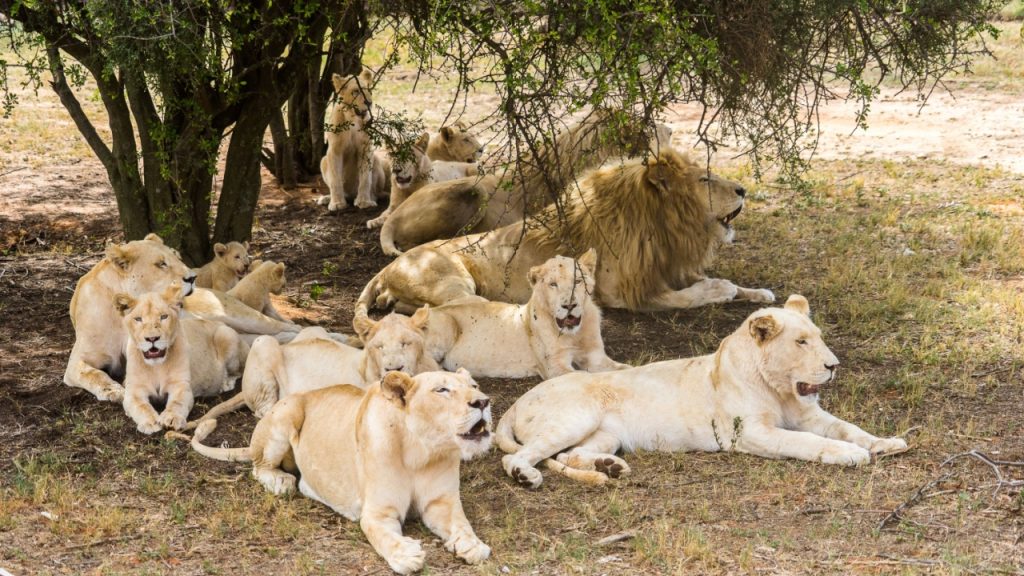
The “king of the jungle” is actually a team player. Lions live and hunt in prides, with the females doing most of the hunting. They use teamwork to surround and ambush their prey, often taking down animals much larger than themselves. This cooperative hunting allows lions to survive in the challenging African savannah.
Meerkats

These small mammals might not seem like fearsome hunters, but meerkats are skilled pack predators. They work together to catch scorpions, lizards, and small mammals. While some meerkats hunt, others stand guard, watching for danger. This teamwork helps them survive in their harsh desert habitat.
Spotted Hyenas

Despite their reputation as scavengers, spotted hyenas are actually skilled hunters. They hunt in clans, using their stamina to wear down prey over long chases. Hyenas can take down animals as large as wildebeest and even young elephants when hunting as a pack. Their complex social structure helps coordinate these impressive hunts.
Harris’s Hawks
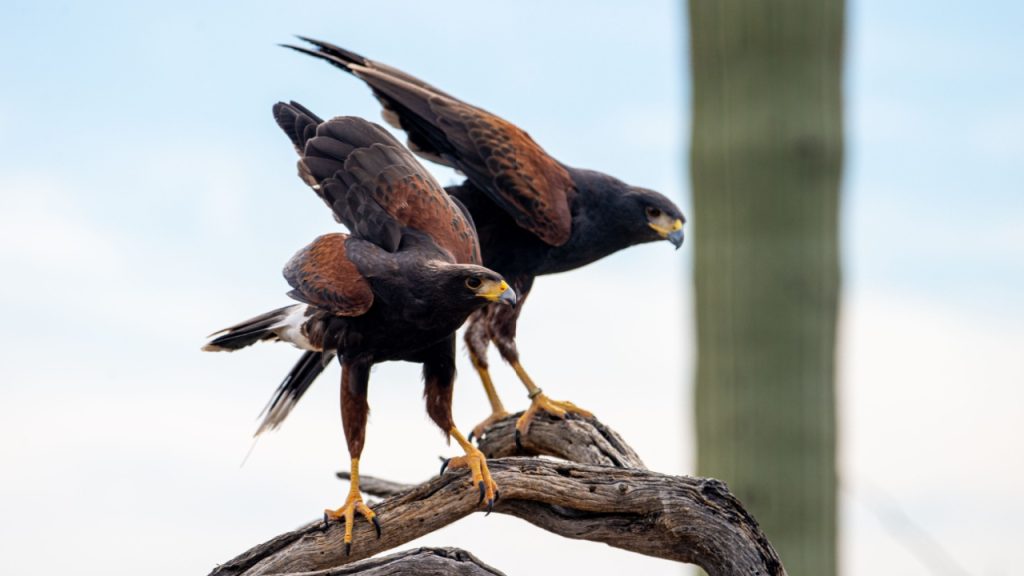
Most birds of prey are solitary hunters, but Harris’s hawks break the mold. These raptors hunt in groups, using sophisticated strategies to catch rabbits and other prey. Some hawks will flush out the prey while others wait to ambush it. This rare behavior among birds shows the advantages of teamwork in hunting.
Chimpanzees
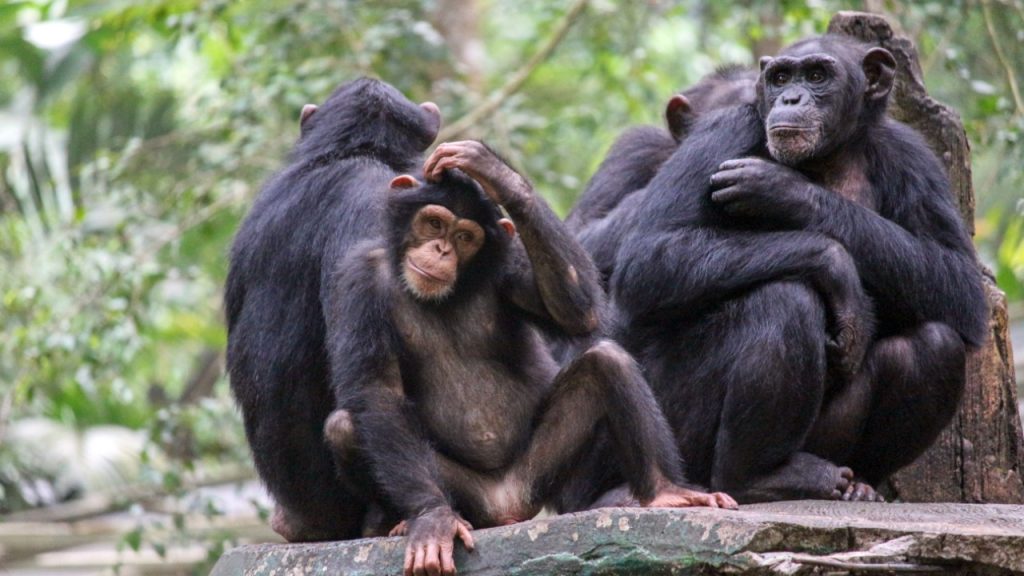
Our closest animal relatives are also pack hunters. Chimpanzees organize hunting parties to catch colobus monkeys and other prey. They use complex strategies, with some chimps driving the prey while others block escape routes. This behavior shows the cognitive abilities that humans share with our primate cousins.
Army Ants
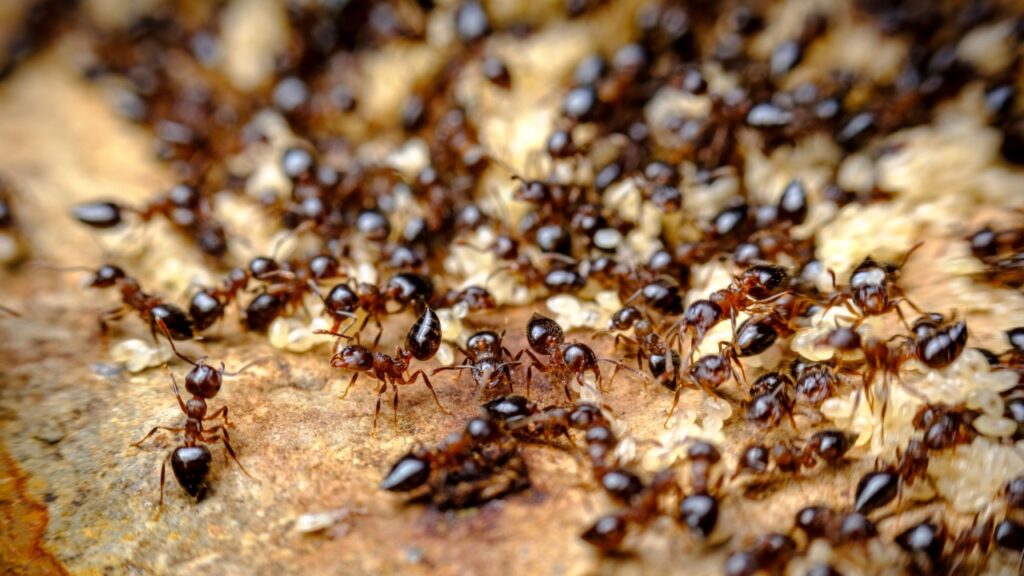
Army ants are the ultimate swarm hunters. These insects move in massive columns, devouring everything in their path. While individual ants are small, their coordinated movement allows them to overpower much larger prey. Some species of army ants can even take down small vertebrates when hunting as a colony.
Dolphins
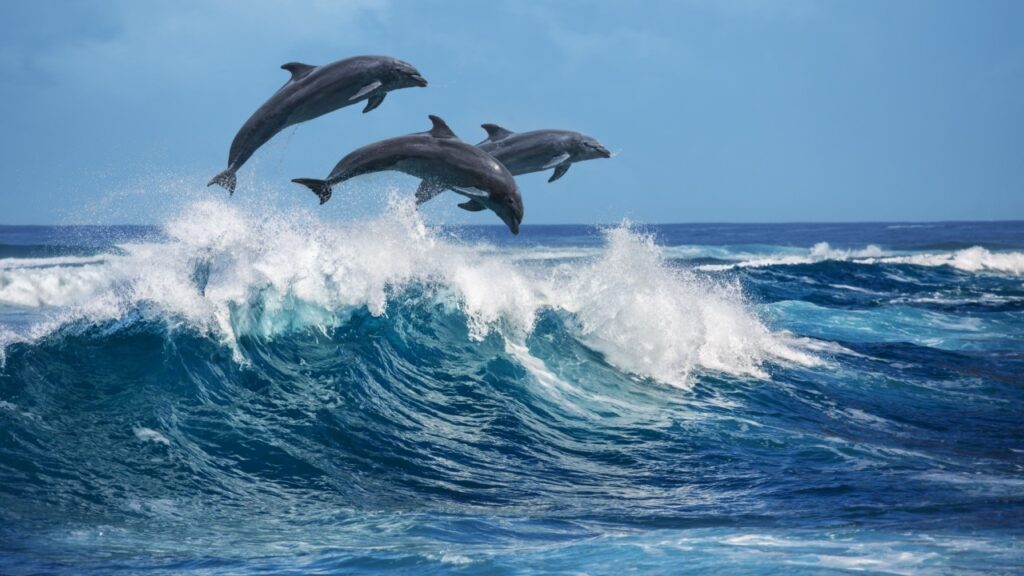
Dolphins are known for their intelligence, and this extends to their hunting tactics. Many species of dolphins hunt in pods, using echolocation to find fish. They often employ a technique called “bubble net feeding,” where they create a ring of bubbles to trap fish. This sophisticated method shows the problem-solving abilities of these marine mammals.
Coyotes
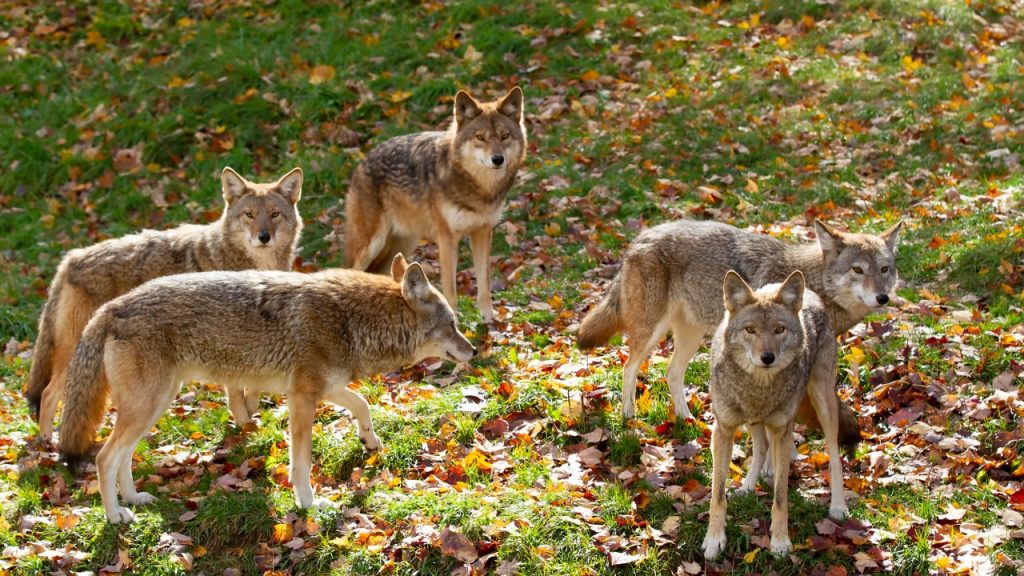
Often overshadowed by their cousin the wolf, coyotes are skilled pack hunters in their own right. They typically hunt in pairs or small family groups, taking down prey larger than what a single coyote could manage. Coyotes are adaptable and can adjust their hunting strategies based on available prey and pack size.
False Killer Whales
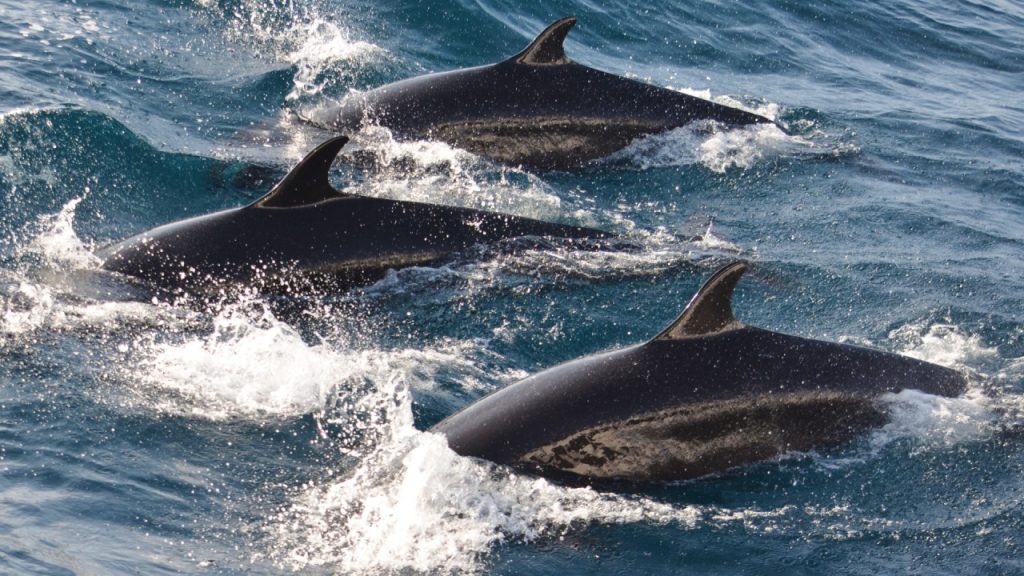
Despite their name, false killer whales are actually a species of dolphin. They hunt in pods of 10 to 20 individuals, sometimes joining with other dolphin species to form superpods. These cetaceans are known to share their catch with other members of their pod, showing a high level of social cooperation.
African Penguins
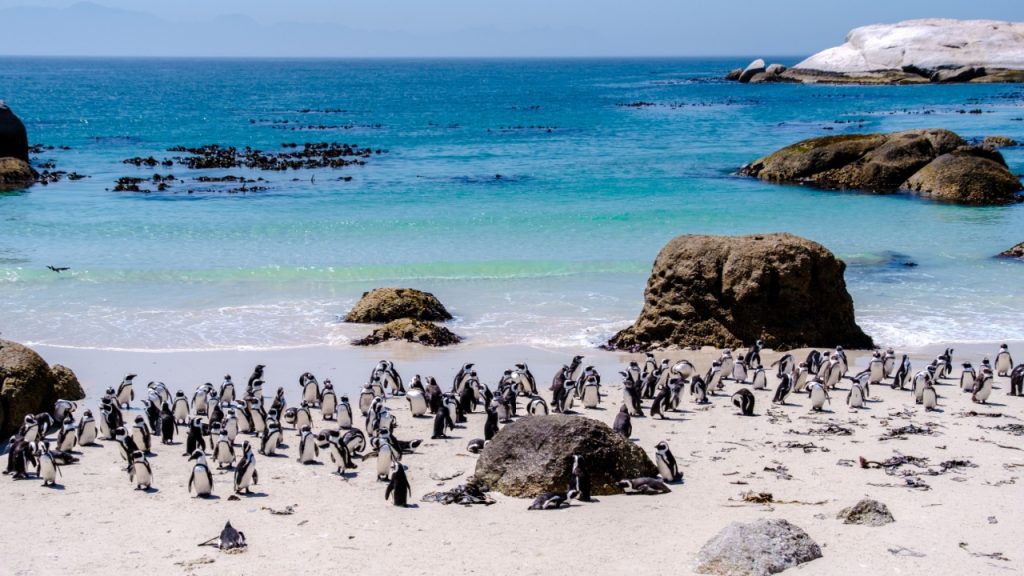
While penguins might seem more like prey than predators, African penguins are effective pack hunters in the water. They hunt in groups, working together to herd schools of fish into tight balls. This makes it easier for individual penguins to catch their prey. Their coordinated swimming during these hunts is a spectacular sight.
Pelicans
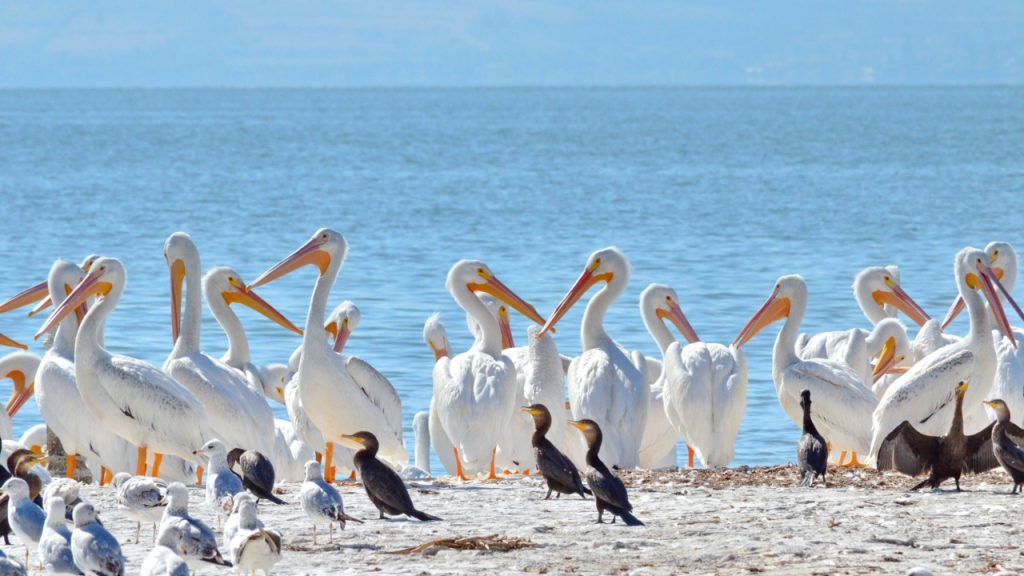
Some species of pelicans have learned the value of teamwork when fishing. American white pelicans, for example, hunt in groups, forming a line or a circle to drive fish into shallow water. This cooperative behavior allows them to catch more fish than they could individually, showing that even birds known for their solitary fishing habits can benefit from pack tactics.
Crocodiles
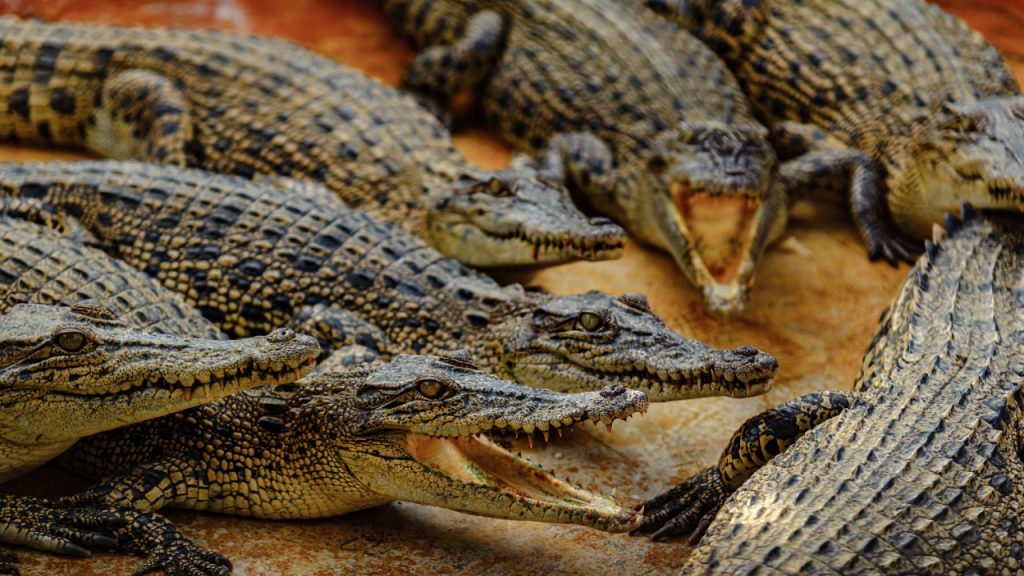
While often thought of as solitary ambush predators, some crocodile species engage in group hunting behaviors. Nile crocodiles have been observed hunting in loose groups, using their numbers to corral fish or take down larger prey. This behavior is especially common during fish migrations, when prey is abundant.
Sperm Whales
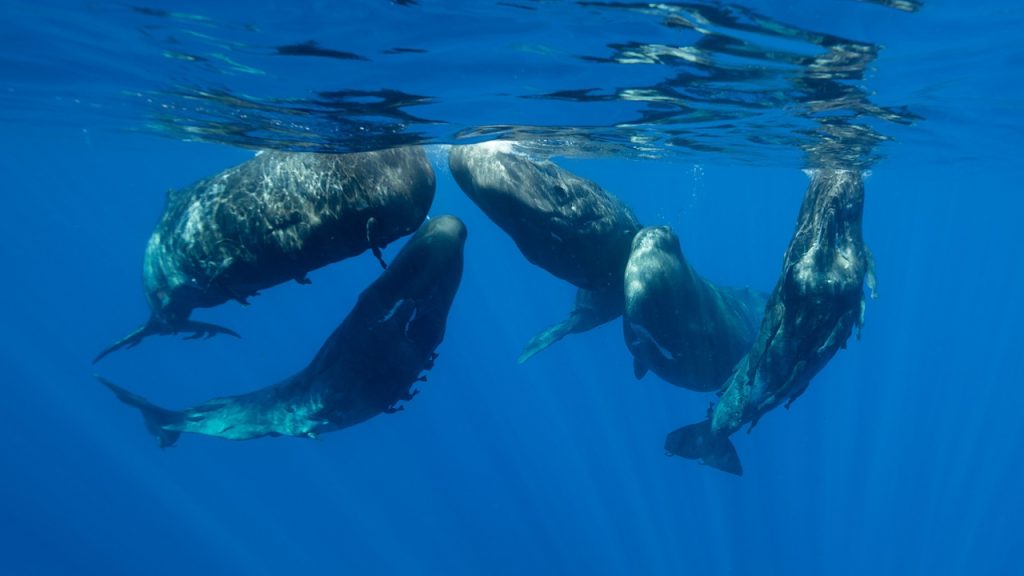
The largest toothed predators in the world, sperm whales, hunt together in the deep ocean. They use echolocation to find giant squid and other prey in the darkness of the deep sea. Sperm whales have been observed hunting cooperatively, with some individuals herding prey while others make the catch. This teamwork allows them to catch prey that would be too difficult for a single whale to handle.

